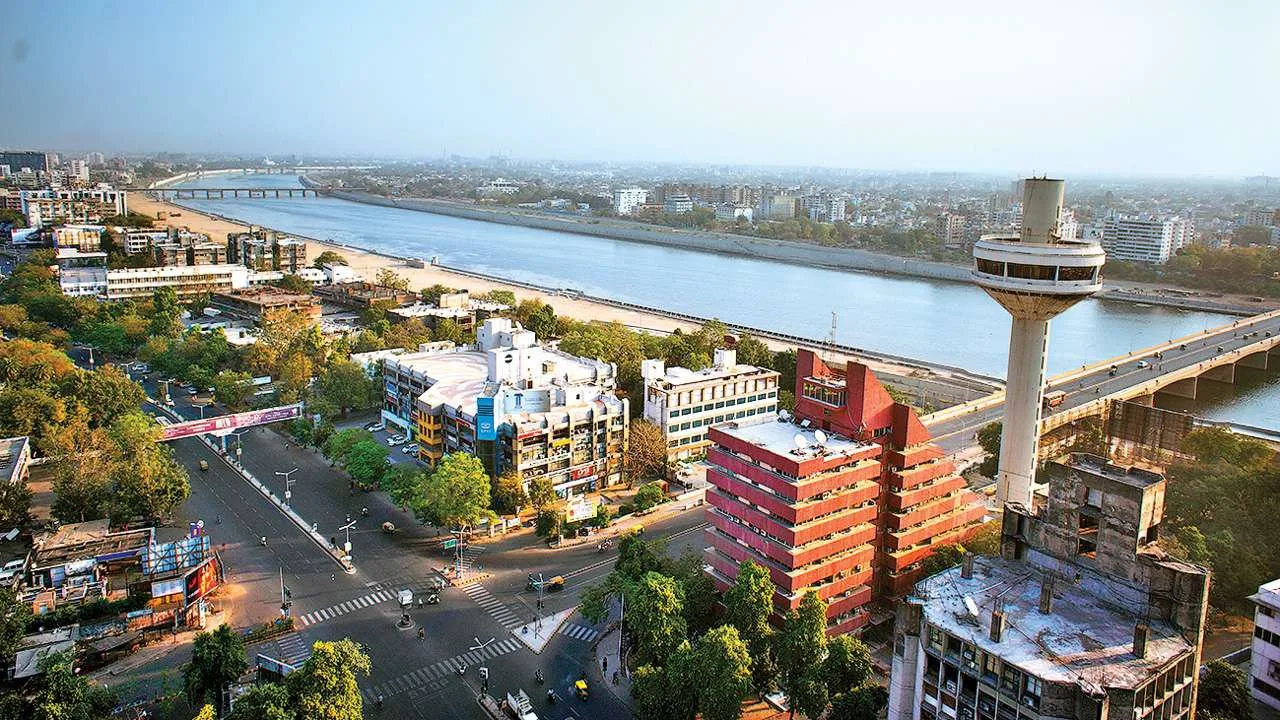In a significant move that brings good tidings for investors and developers, tier 2 cities continue to be the bright spots on India’s real estate growth trajectory, heralding a new era of development outside the traditional metropolitan areas. Propelled by the amalgamation of factors such as rapid urbanization, rise in the working class, and improved infrastructure, these cities are attracting not just homebuyers but also developers eager to capitalize on their immense potential.
With India projected to urbanize at a rate of around 50 percent by 2050, the spotlight is increasingly shifting to tier 2 cities, positioning them as the next frontier for real estate expansion. According to real estate consultant JLL India, a significant proportion of land acquisitions between January 2022 and October 2023, approximately 44.4 percent occurred in tier 2 and 3 cities. This data underlines the growing interest of developers in these regions and highlights the potential of small cities as key contributors to the growth story of the real estate landscape.
S K Narvar, Group Chairman, Trident Realty says “Tier 2 cities are playing an important role in driving the growth of India’s real estate sector due to various economic factors. These cities are emerging as new realty markets and are attracting both buyers and developers. They offer a perfect blend of affordability, accessibility, and lifestyle amenities, making them an attractive option for those seeking quality living spaces away from the chaos of metropolitan cities. The Tri-city region and other emerging tier 2 cities are now equally preferred by homebuyers as compared to metros. These smaller cities have huge potential and are continuing to contribute significantly to India’s real estate growth trajectory. Among these bustling real estate hubs, Tri-City is a shining example of consistent growth. It comprises Panchkula, Chandigarh, Mohali & Zirakpur, and has witnessed sustained demand for both residential and commercial properties.”
The government’s concerted efforts to zoom out urban infrastructure in tier 2 cities further bolster this growth trajectory. The establishment of the Urban Infrastructure Development Fund (UIDF), utilizing the priority sector lending shortfall, is a significant step in this direction. The UIDF aims to complement state government initiatives by funding urban infrastructure projects, thereby catalyzing real estate dynamics in tier 2 cities.
Narvar adds, “Furthermore, we can expect the realty market in cities such as Panipat, Karnal, Baroda, and Ahmedabad, among others, to shine in the coming years. The influx of people seeking employment and education opportunities has created a demand for properties in these cities, creating an environment ripe for capital appreciation and rental income growth for property investors.”
Finance Minister Nirmala Sitharaman’s announcement during the interim budget 2024 underscores the government’s commitment to prioritizing infrastructure development, which will have a ripple effect on the real estate market in tier 2 cities. This proactive approach is in harmony with India’s aspirations to become the third-largest economy and determines the pivotal role that tier 2 cities will play in this nation-building narrative.
Developers are capitalizing on the potential of small towns, attracting both buyers and investors with innovative projects tailored to local needs and preferences. Tri-city and other emerging small urban centers have become preferred destinations for homebuyers seeking affordability, quality living, and employment opportunities outside the metros.
Santosh Agarwal, Executive Director and CFO, Alphacorp says “Investing in Tier 2 cities marks a strategic move towards unlocking unparalleled potential in India’s real estate landscape. These cities, like Karnal, Fatehabad, and Meerut, are burgeoning with promise, offering a trifecta of affordability, accessibility, and lifestyle amenities. Their growth is underpinned by robust infrastructure developments, fostering a conducive environment for sustainable expansion. As developers, we recognize the immense opportunities these cities present, not just in terms of immediate returns but also in shaping the future of urban living. Tier 2 cities are not just destinations for investment; they are the engines driving the next wave of growth in the real estate sector. With evolving preferences and lifestyles, coupled with government initiatives, these cities are poised to redefine the real estate narrative, offering a compelling proposition for investors, homeowners, and businesses alike. The future belongs to tier 2 cities, and as developers, we are committed to spearheading their transformation.”
Moreover, the government’s focus on improving the liveability index, enhancing connectivity, and promoting sustainable urban development augurs well for the long-term growth prospects of tier 2 cities. As these cities continue to advance as vibrant economic hubs, they offer a conducive environment for businesses to thrive, further driving real estate demand.
Vipin Sharma, Founder and Chairman, Aarize Group says “In the dynamic realm of real estate development, Tier 2 cities in India stand out as vibrant hubs of opportunity, consistently illuminating the growth trajectory of the industry. Their potential, driven by urbanization, infrastructure development, and increasing demand, continues to captivate developers’ attention. With a blend of foresight and adaptability, we embrace these cities as the fertile grounds for innovation and expansion. We navigate the complexities of these markets with zeal, harnessing their inherent strengths to create transformative spaces that redefine urban living. Tier 2 cities remain steadfast pillars of growth on India’s real estate horizon.”
In anticipation of the future, the trajectory of real estate growth in tier 2 cities appears promising, with ample opportunities for expansion and development. With supportive government policies, robust infrastructure investments, and growing investor confidence, tier 2 cities are primed to play a key role in shaping India’s urban façade and driving economic growth in the years to come.


